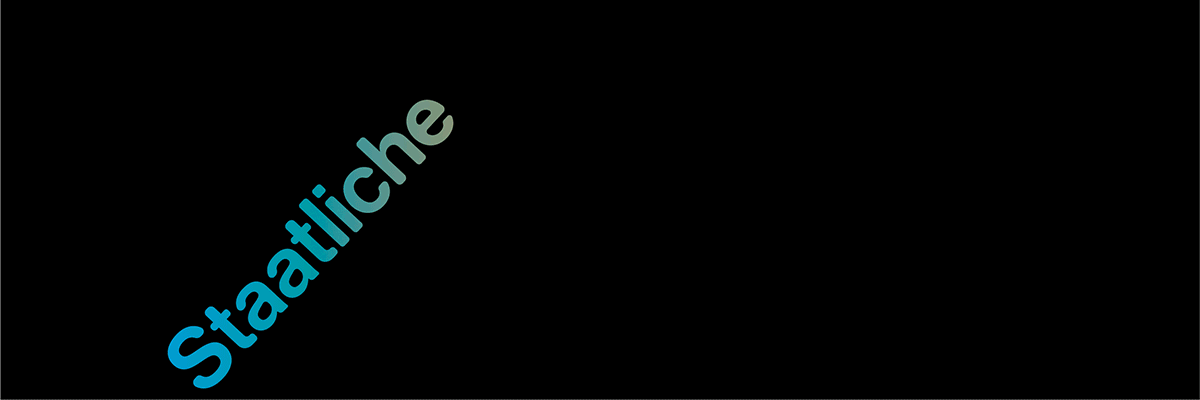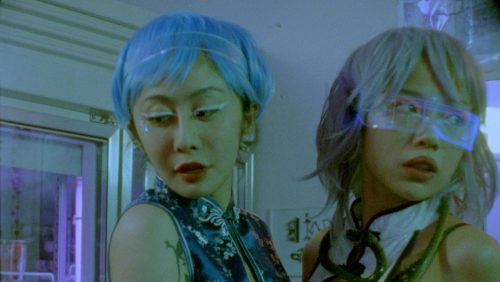
Thomas Demand, Louisa Gagliardi, Joanna Piotrowska, Leon Tarasewicz, Karol Palczak, Agnieszka Polska
Landschaft
Project Info
- 💙 Dawid Radziszewski Gallery
- 💚 Dawid Radziszewski
- 🖤 Thomas Demand, Louisa Gagliardi, Joanna Piotrowska, Leon Tarasewicz, Karol Palczak, Agnieszka Polska
- 💜 Dawid Radziszewski
Share on

Advertisement













I wanted to make an exhibition about landscapes that are not innocent; about places that do not allow us to feel all right, which recall troubling past events or foretell a disquieting future.
I borrowed a map of Lower Silesia published in 1946 from the Museum of the Lubusz Land in Zielona Góra. I was interested in the minor differences with the present-day names of some places: Kłodzko was Kładzko, Legnica was Lignica, Żagań was Żegań. There are also names which totally depart from those we now know, such as Rymbach (Dzierżoniów) or Żóraw (Żary). As we know, these names were given by a special commission. It sometimes happened that the new name was based on historical Polish sources, sometimes by translating or “Polonizing” German toponyms, and sometimes they were pulled out a hat. I imagine those gentlemen (they were no doubt men) sitting in front of a giant map stuck with pins. It would have been interesting if they drove a military vehicle about the towns and villages, like the protagonist of the film The Law and the Fist, wondering where a new name would fit. Giving names to places, particularly over such a large territory, is like summoning a land to life once more, anew.
The discrepancies between the 1946 spellings and today’s sound like dissonance in music. The German names, like Liegnitz, Grünberg in Schlesien, and Sagan, seem more convincing. Yet those small historical discords in the Polish names show that the ones we know today and the whole of the reality around us are more a matter of convention than we might like. A new naming commission might convene. And then what would you do?
Dawid Radziszewski




